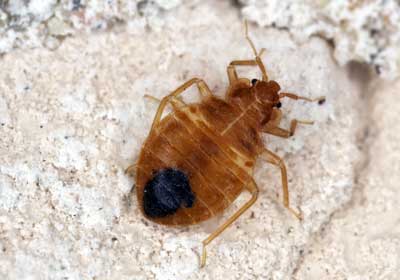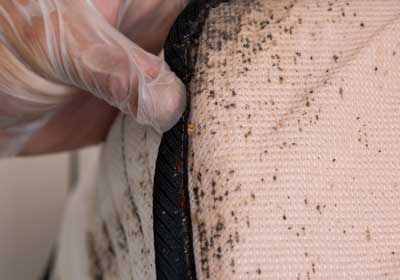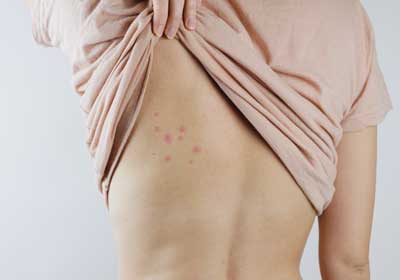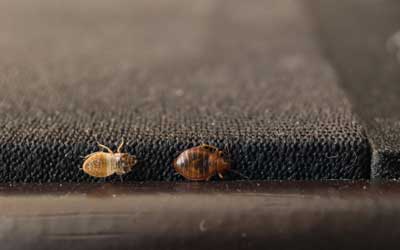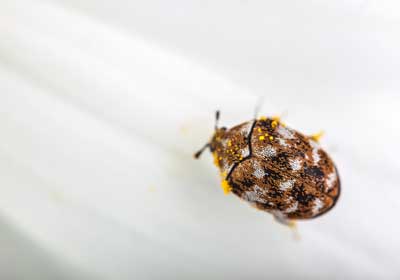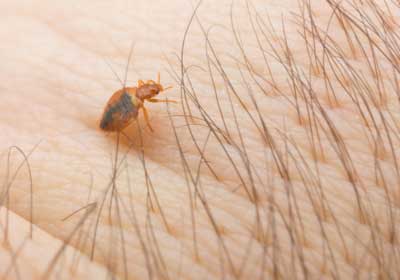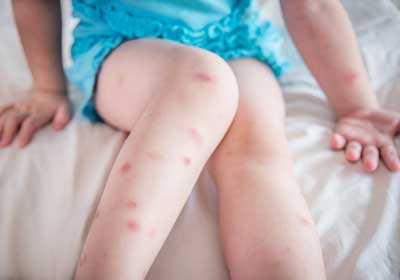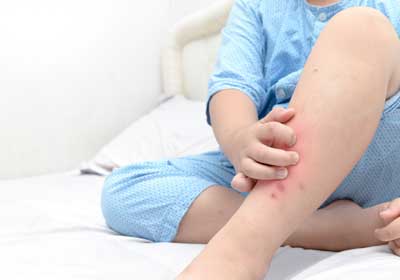Bed Bug Identification
- How to treat bed bug bites
- What helps bed bug bites?
- How to get rid of bed bugs in Northern Utah
- Does baking soda kill bed bugs?
- Do it yourself bed bug treatment
- Does washing bedding and clothing in high heat kill bed bugs?
- Do I have to throw out food after a bed bug infestation?
- Do I have to throw out my bed bug infested mattress?
- How do you get rid of bed bugs in your carpet?
- How do I prepare for bed bug treatment in Northern Utah?
- How to prevent bed bugs in Northern Utah
- How to prevent bed bugs in an apartment
- How to prevent bed bugs in dorm rooms
- Can I prevent bed bugs naturally?
- Can I prevent bed bugs when purchasing used furniture?
- How to prevent bringing bed bugs into your home
- Can pets spread bed bugs?
- How to prevent bed bugs from spreading in Northern Utah
- Does anything keep bed bugs away?
- Who’s at risk of getting bed bugs in Northern Utah?
Bed bugs are reddish-brown, oval-shaped insects that are about the size of an apple seed. Their bodies will appear more red and engorged after drawing blood. Eggs are white, oblong, and minuscule, usually only about 1 mm long.
Bed bugs can be found in many places in your home, including mattresses, upholstered couches, baseboards, power outlets, picture frames, and even tiny cracks in your wall!
A couple of telling signs of a bed bug problem include noticing small red or brown spots on your bedding or noticing lines of red, itchy marks on the skin.
Bed bugs travel to new locations easily, hitching a ride on whatever they can find. Bed bugs commonly spread on used furniture or travelers’ luggage. They will also latch onto suitcases, purses, and more.
You can distinguish carpet beetles from bed bugs by the appearance of their larvae. Carpet beetle larvae are fuzzier and rounder than bed bug larvae, which look like tiny worms.
Bed bugs bite their hosts to feed on their blood. Bed bug bites usually happen overnight while the host is sleeping. Bites won’t be painful, but they usually result in red, itchy marks on your body the next day.
Bed bug bites are often mistaken for other insect bites. You can tell apart bed bug bites by their bright red center and lighter, swollen bump surrounding the bite. Rashes or welts can form on rare occasions.
Bed bug bites are one of the itchiest kinds of bug bites. As with most insect bites, try not to itch them, as this will only hinder the healing process or worsen the bites’ symptoms.
Bed bugs are certainly a major nuisance pest, but they don’t pose serious health threats. Their bites cannot transmit disease, and they don’t typically create any structural damage on your property.
Unlike many types of biting pests, bed bugs have not been known to transmit disease through their bites. However, they have been observed to be capable of carrying several disease-causing organisms on their bodies.

